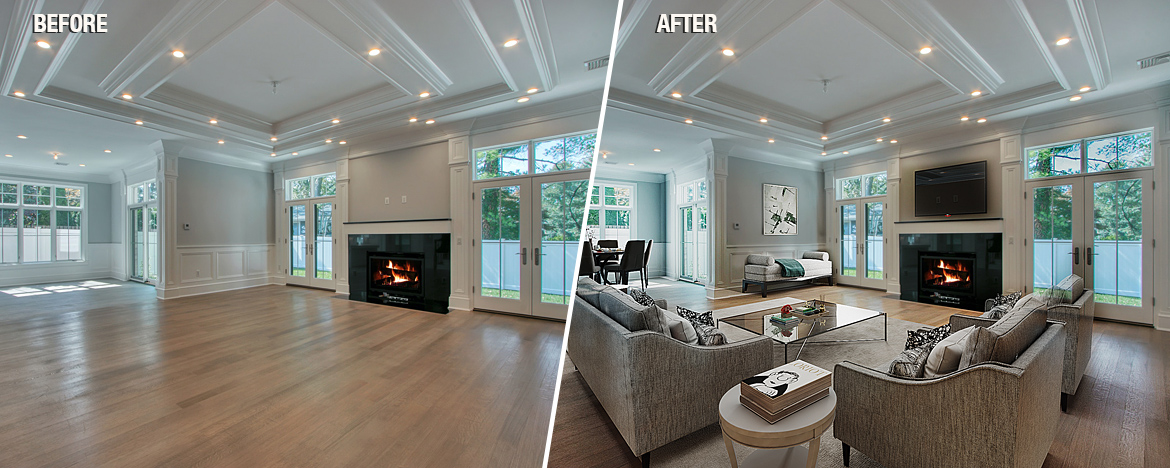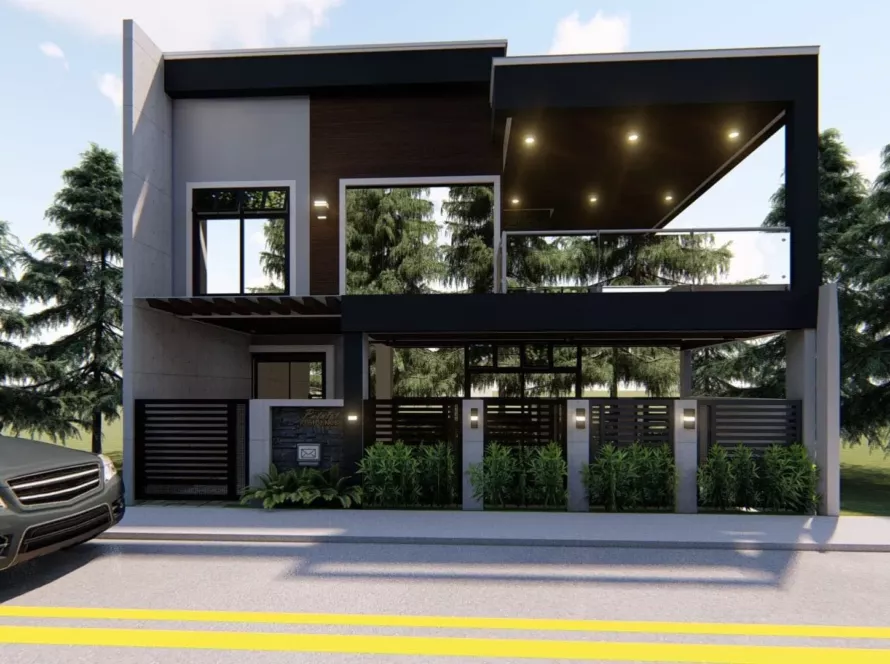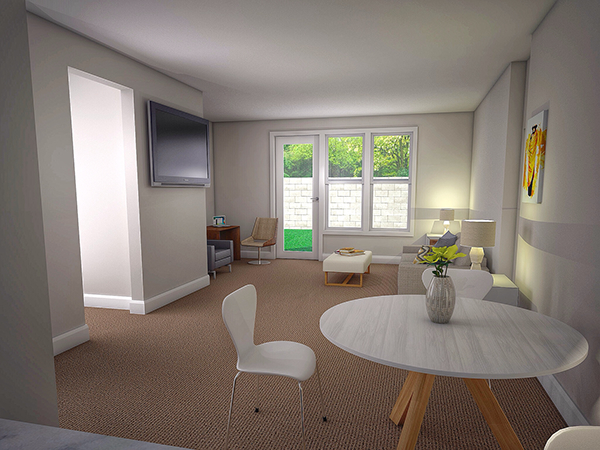Virtual rendering is a powerful tool that can help designers and engineers create accurate images of their designs before they even begin to build them. As the technology evolves, virtual rendering is also becoming an increasingly popular way to review manufacturing processes. This introduction to virtual rendering reviews the basics of virtual rendering, including what it is, how it works, and some of the benefits it offers designers and engineers.
Virtual rendering is a powerful tool that can help designers and engineers create accurate images of their designs before they even begin to build them. As the technology evolves, virtual rendering is also becoming an increasingly popular way to review manufacturing processes. This introduction to virtual rendering reviews the basics of virtual rendering, including what it is, how it works, and some of the benefits it offers designers and engineers.

What is virtual rendering?
Virtual rendering is a process that simulates how an image will look when displayed on a computer or device. It is used in many fields, including movie and video production, engineering, advertising, and design. Virtual rendering can be used to create realistic images for displays such as monitors or virtual reality headsets.
There are three main types of virtual rendering: real-time, pre-rendering, and post-rendering. Real-time virtual rendering takes the output of a 3D model and renders it as it changes. Pre-rendering takes a 2D image as input and creates a 3D model of it using virtual rendering algorithms. Post-rendering takes the results of pre-rendering and post-processing to create the finished product.
There are several benefits to using virtual rendering: it can save time, improve accuracy, and produce higher quality results than traditional methods. Virtual rendering is a powerful tool that can be used to create realistic images for displays such as monitors or virtual reality headsets.

How does virtual rendering work?
Virtual rendering is a process that renders 3D graphics without having to go through the physical hardware. This is done by using software that captures the images of a scene and then creates a simulation of how it would look on the computer screen. This type of rendering is becoming more and more common in today’s video games as it allows for a more realistic experience.
There are two main types of virtual rendering: real-time and non-real-time. In real-time virtual rendering, the software updates the simulated image as soon as changes occur in the original image. This means that the user can see the results immediately. Non-real-time virtual rendering, on the other hand, does not update the image until it has been saved to disk. This can make editing or correcting mistakes difficult, but it does give artists more control over how their work looks.

There are a number of different ways that virtual reality could be used in future video games. One idea is to use it to create immersive worlds where players can explore without fear of being attacked by enemies. Another possibility is to use it to bring characters and scenes from fictional stories into reality. Virtual reality could also be used to help people with disabilities become more familiar with everyday tasks, like using a stove or entering their house via remote control.
There are a number of different virtual reality devices available on the market today, but the most popular is the Oculus Rift. This device requires a computer that is powerful enough to handle the graphics required for virtual reality, and it comes with an Xbox controller so that users can interact with the virtual world in the same way as they would in real life.
Benefits of virtual rendering
Virtual rendering is a process that creates a three-dimensional image from a two-dimensional original. It can be used for various purposes, such as creating models or renderings of products for marketing and advertising. By using virtual rendering, you can create detailed and realistic images that are more realistic than those produced through traditional methods. Additionally, virtual rendering is faster and easier to use than traditional methods, making it ideal for creating quick iterations or presentations.
Virtual rendering can also be used to create visualizations and models of complex objects or scenes. By using virtual rendering, you can easily explore different ways of displaying a particular scene or object. Additionally, virtual rendering can help you to create accurate representations of difficult-to-reach areas or environments.
Virtual rendering is also a valuable tool for training and learning. By using virtual renderings, you can help students to understand complex concepts or scenarios in a more simplified manner. Additionally, virtual renderings can be used to develop test cases and scenarios. This can help students to better understand how systems or applications work.

The top 5 virtual rendering platforms
- V-Ray
- Mental Ray
- 3D Studio Max
- Maya
- Softimage
Conclusion
virtual rendering is an important tool that can be used to create realistic images of products and services. It has become increasingly popular in recent years as companies have realized the potential benefits it has for marketing, branding, and product design. In this article, I will introduce virtual rendering and provide a review of three different applications that are widely used today. I hope you found this article useful!





